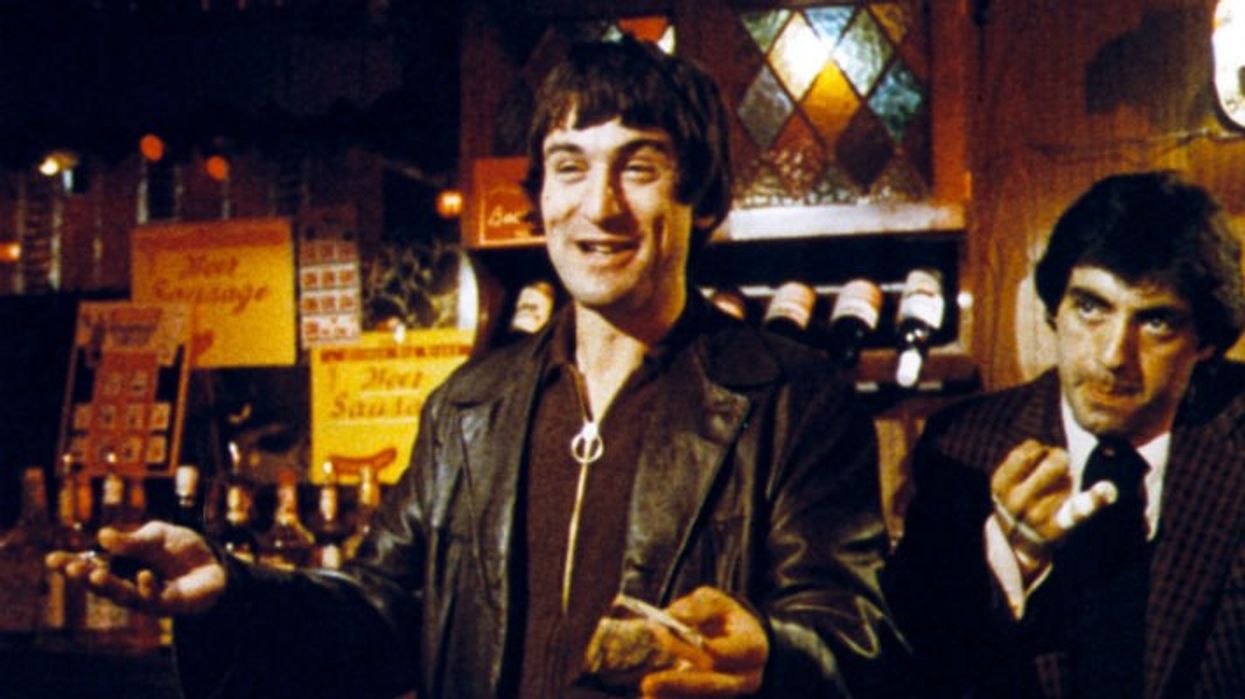How Scorsese Crafted Films Around 3 Different Budgets
How did Scorsese go from wrangling indie budgets to blockbusters?

Martin Scorsese was a product of the American New Wave in the 70s. He rose to prominence with his crime thrillers and became a household name with classics like Taxi Driver, Raging Bull, and a myriad of other titles over the decades.
One of the things Scorsese has been amazing at is molding the story to the budget he's able to raise for the movies. He can stretch a dollar and build a world that draws the audience in.
When I saw this video breaking down Scorsese's approach to shooting Mean Streets, Goodfellas, and Gangs of New York, I knew our audience would love to see the way he allocated his resources and maintained his vision no matter what.
Check out this video from In Depth Cine, and let's talk after the jump.
How Scorsese Crafted Films Around 3 Different Budgets
Working on different budget scales shows a director's versatility and understanding of what kind of money gets what done on screen.
The one caveat I'll say with videos like this is that they never account for inflation. So when we talk about money spent on Mean Streets in 1973, know that it probably equates to much more in today's spending power. For example, Goodfellas may have cost $25 million in 1990, but that's worth around $50 million today. Keep that in mind.
Mean Streets
When it came time for Scorsese to make another movie after Boxcar Bertha, he decided to make something closer to his experiences. He was able to get together around $500,000 from some financiers, based on a script he wrote with a film school friend. That script was about Scorsese's life or just the lives of the people he saw every day. He kept things personal and spoke about things he knew.
That kept the budget small and made sure there were no expensive set pieces. Free of huge sets or the need for a massive crew, he could spend his money wisely. Using lighting to affect the mood, making sure they could get a camera light enough to be handheld for the natural look, and renting minimal pieces of equipment like a dolly for the more locked-down scenes.
These were tools he would use on projects in the future.
Goodfellas
In the era past Mean Streets, Scorsese would direct lots of groundbreaking and popular cinematic masterpieces. They were not all hits though, so he constantly had to earn his way with studios. When he was looking for a project to do in the 90s, he went back to the lives he knew about—Italian Americans trying to adjust. Plus he wanted a crime story. Both those topics worked together, and he optioned a book based on Henry Hill's life as an American mafioso.
At the time, it was a medium-size film in Hollywood, but it was Scorsese's biggest to date.
The money allowed him to hire stars, build expansive sets, and use the cameras and tools he wanted. He was able to craft a story he cared about but also use the other lessons he learned on Mean Streets. He went handheld to show Henry Hill's descent into insanity and collaborated with editor Thelma Schoonmaker to speed up the edit. He used expressionistic lighting like he had before and created one of his most celebrated works of art.
Gangs of New York
After a gangbusters 90s, Scorsese was ready to attempt making his most expensive movie yet. He got the Weinstein Company to give him $100 million for the production budget. He was going back to one of his passion projects, a book he optioned in 1979.
The money went far. Scorsese could afford CG, giant set pieces, and even running eight cameras at once in some instances. He was building worlds and shooting with the kind of rhythm that he perfected in films prior.
Like those films, Scorsese used detailed shot lists and a moving camera to tell us about what was going on inside the characters' hearts and minds.
As you can see, Scorsese built on what he learned with his first film, and he's still growing as a filmmaker today. He never forgot where he came from, what he cared about, or the lessons from those original frames.
Think about that as you make waves with your current projects.
Source: In Depth Cine











